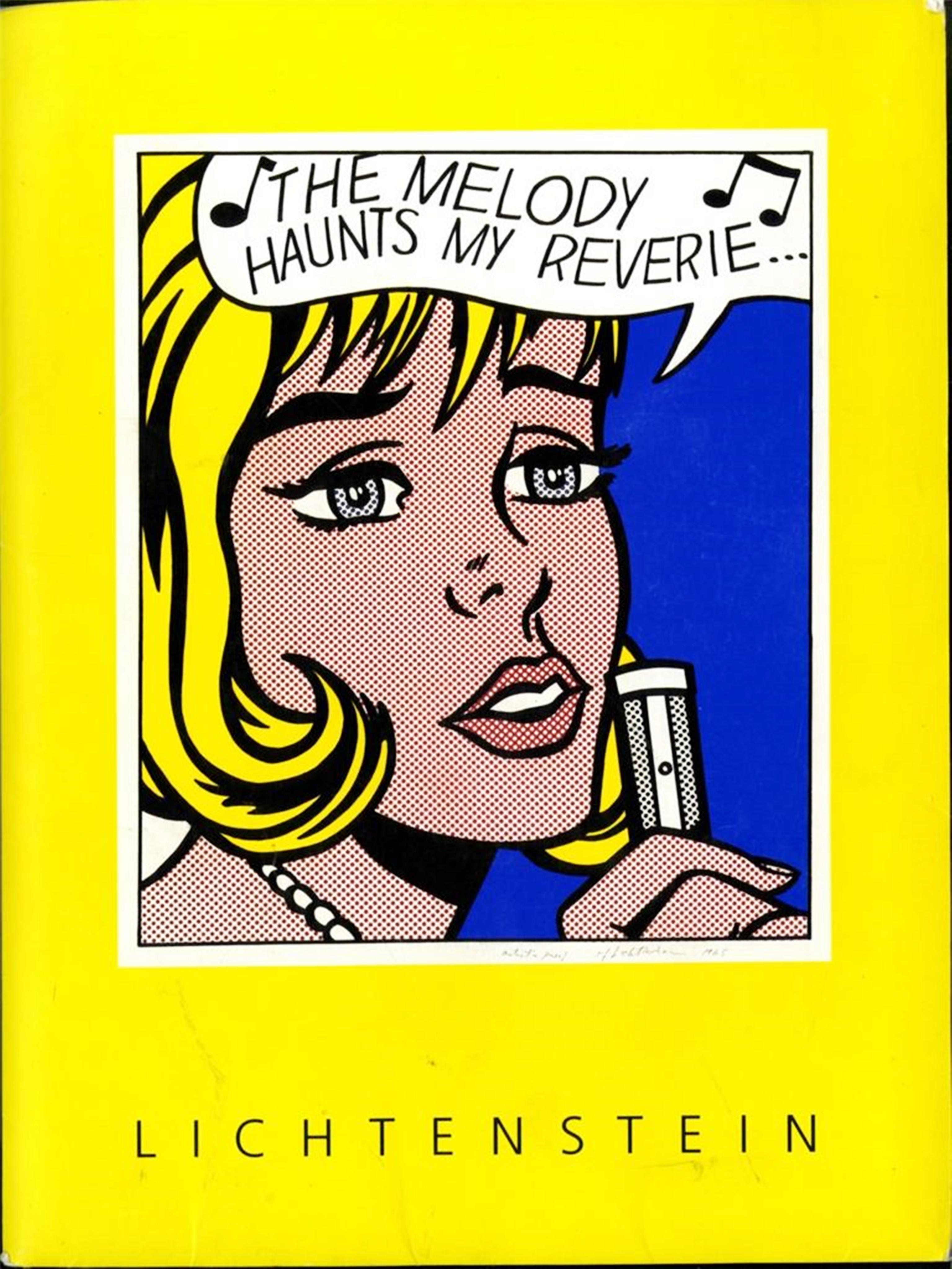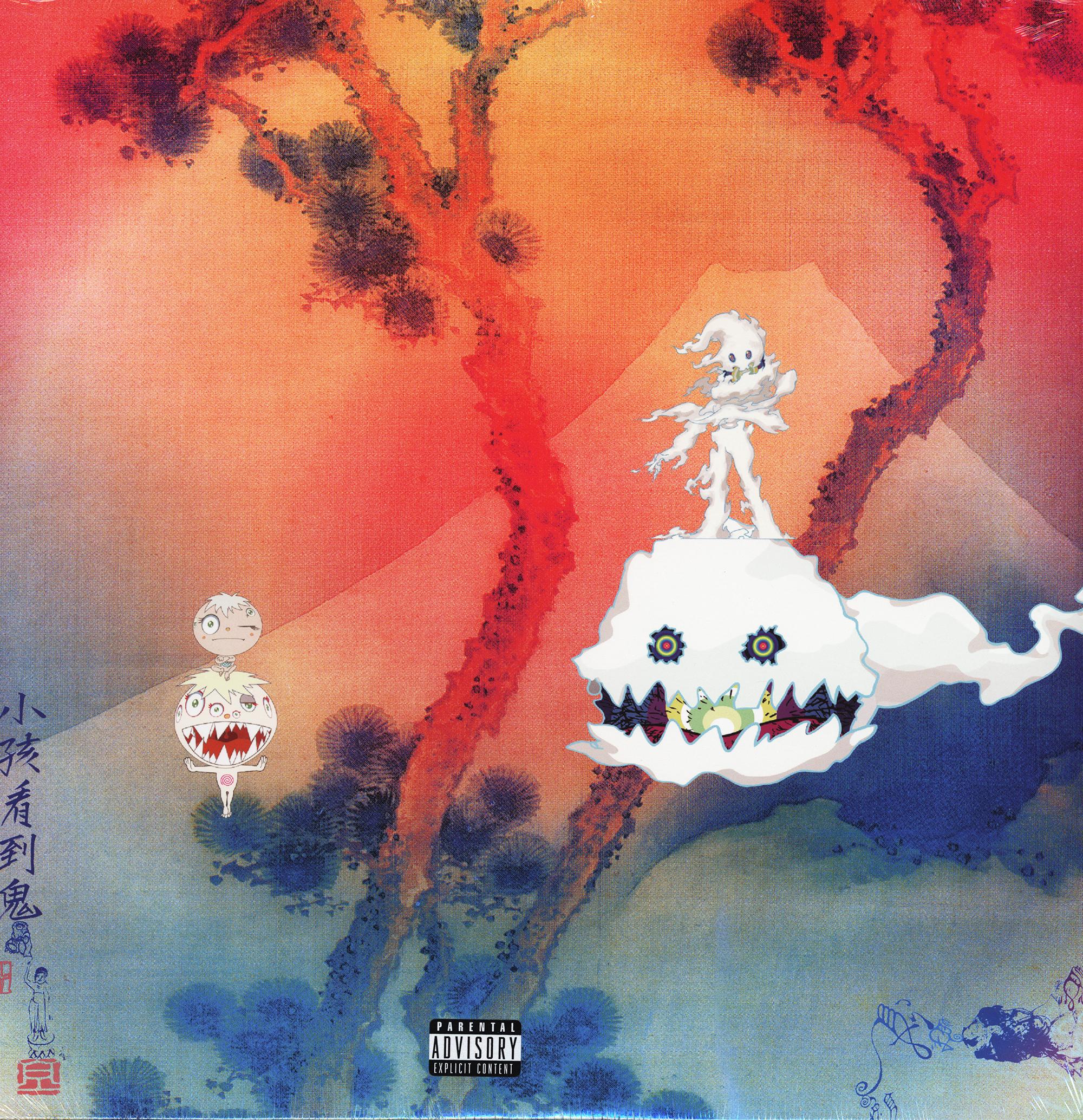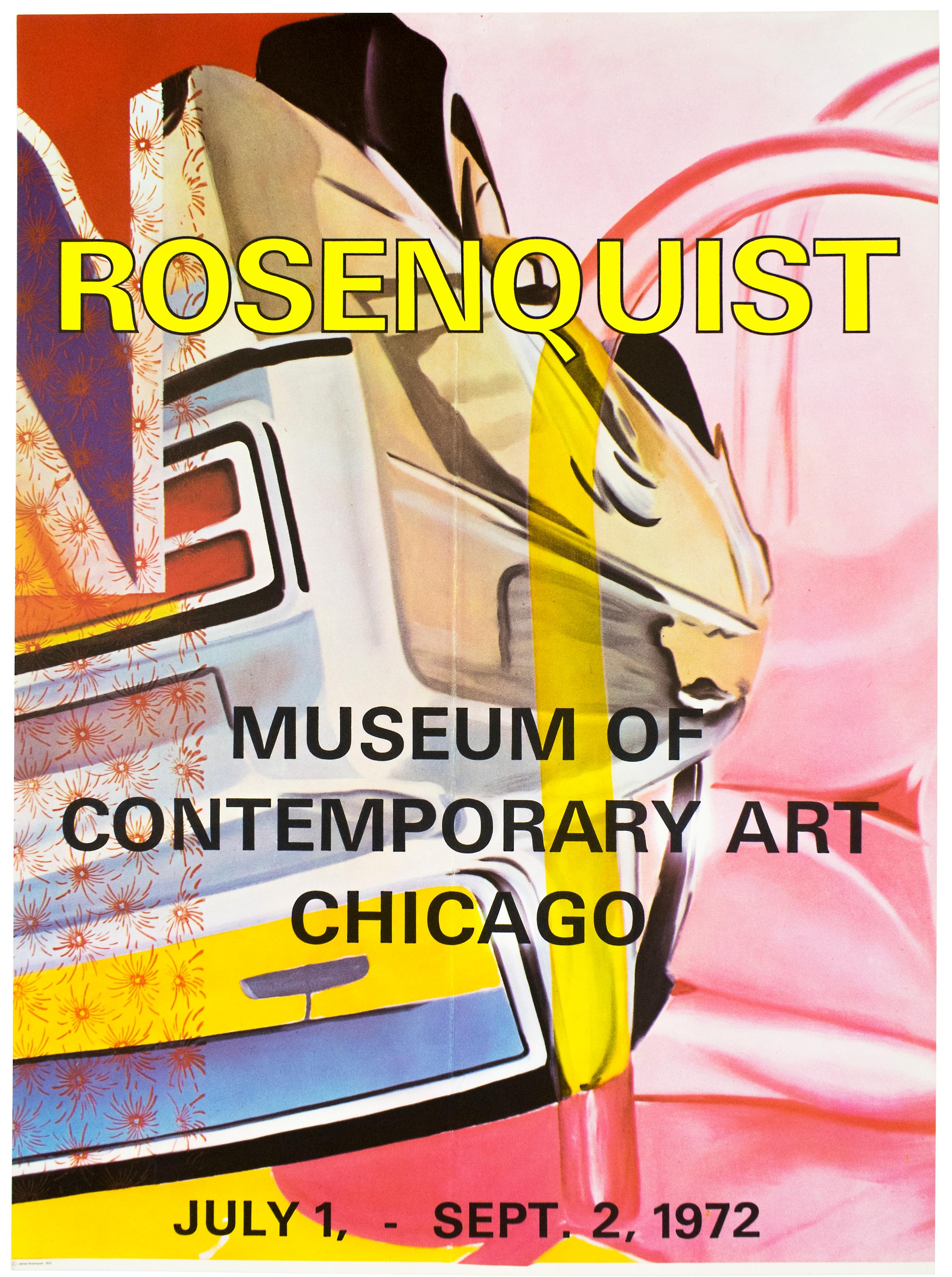Jasper JohnsJasper Johns at Ileana Sonnabend (rare early mid century modern European poster)1962
1962
About the Item
- Creator:Jasper Johns (1930, American)
- Creation Year:1962
- Dimensions:Height: 31.75 in (80.65 cm)Width: 21 in (53.34 cm)
- Medium:
- Movement & Style:
- Period:
- Condition:In very good vintage condition with original folds as issued - as this was a mailer.
- Gallery Location:New York, NY
- Reference Number:1stDibs: LU1745212615382
Jasper Johns
Jasper Johns is an American painter, sculptor and printmaker born on May 15, 1930. He eventually became one of America's best known post–Abstract Expressionists and Minimalists.
Johns's name is most often associated with pictorial images of flags and numbers and Pop art subjects that he depicted in Minimalist style with an emphasis on linearity, repetition and symmetry. He completed his first flag painting in 1955, alphabet subjects in 1956, sculpture in 1958 and lithographs in 1960.
Find original Jasper Johns art on 1stDibs.
- ShippingRetrieving quote...Ships From: New York, NY
- Return PolicyA return for this item may be initiated within 1 day of delivery.
- Vintage Museum Press Kit (National Gallery, LACMA & Dallas Museum)By Roy LichtensteinLocated in New York, NYRoy Lichtenstein Vintage Museum Press Kit (National Gallery, LACMA & Dallas Museum), 1994 -1995 Offset Lithograph brochures, press releases, magazines and a bookmark 12 x 9 inches Un...Category
1990s Pop Art Abstract Prints
MaterialsLithograph, Offset
- Limited Ed. St. Louis Art museum poster Hand Signed & dated by Roy LichtensteinBy Roy LichtensteinLocated in New York, NYRoy Lichtenstein 1970-1980 (Hand Signed and dated by Roy Lichtenstein), 1981 Offset lithograph. Hand signed and dated in ink Hand-signed by artist, H...Category
1980s Pop Art Abstract Prints
MaterialsInk, Lithograph, Offset, Pencil, Graphite
- Leo Castelli Gallery poster (Roy Lichtenstein, Frank Stella, John Chamberlain)Located in New York, NYRare collectors item: Roy Lichtenstein, Frank Stella, John Chamberlain New Work, Leo Castelli poster, 1967 Offset lithograph poster invitation with original folds, addressee and post...Category
1960s Pop Art Abstract Prints
MaterialsOffset, Lithograph
- Dream of William Burroughs (rare 1970s limited edition lithograph) for Earth DayBy Robert RauschenbergLocated in New York, NYROBERT RAUSCHENBERG Dream of William Burroughs, 1972 Offset lithograph 34 1/2 × 24 inches Edition 103/150 Signed, dated and numbered in black marker on the front Unframed Wonderful early 1970s print Words appearing in a dream of William Burroughs Co-published by Automation House and E.A.T., produced by Local One, Amalgamated Lithographers of America, New York Signed and numbered 103/150 in black marker This work is registered with the Robert Rauschenberg archives, reference number: RRF 72.E001 Text reads: THEY DID NOT FULLY UNDERSTAND THE TECHNIQUE. IN A VERY SHORT TIME THEY NEARLY WRECKED THE PLANET. More information about this work from the Rauschenberg Foundation: Lithopinion 26, the current affairs and graphic arts journal, dedicated its summer 1972 edition to the subject of “Our Transportation Mess.” Among the contributors were Theodore Kheel, who was a lawyer, leading labor mediator and arbitrator, as well as an environmentalist, and Senator Edward Kennedy. Kheel commissioned artists such as Romare Bearden, Christo, and Rauschenberg, his friend and client, to address the transportation system in the United States. Rauschenberg’s contribution was inspired by a dream that William Burroughs, the Beat writer, had described to him, and which resulted in the lithograph Dream of William Burroughs (1972) published by Experiments in Art and Technology (E.A.T.). Surrounded by images of various modes of transportation, the lithograph includes the words: “They did not fully understand the technique / in a very short time they nearly wrecked the planet.” As an E.A.T. board member, Kheel understood, like Rauschenberg, that environmentalism and technology were not conflicting views but symbiotic relationships. In Lithopinion 26, E.A.T. stated that it “supports technology when it tries to help people achieve their human potentiality [and] criticizes it when it doesn’t.” About Robert Rauschenberg: Robert Rauschenberg ushered in a new era of postwar American art in the wake of Abstract Expressionism. His approach, along with that of his contemporary Jasper Johns, was sometimes termed “Neo-Dada,” due to its relation to both European forebears and the physical gestures of American Abstract Expressionists. His Combine works (1954 to early 1960s) blurred the distinctions between painting and sculpture, as their flat surfaces were augmented with discarded materials and appropriated images. Rauschenberg also worked with photography, printmaking, papermaking, and performance, the last of which resulted in a number of collaborations with choreographers, including Merce Cunningham, Paul Taylor, and Trisha Brown. Rauschenberg was among the founding members of the innovative group Experiments in Art and Technology (E.A.T.) in 1966, and in 1984 he established the Rauschenberg Overseas Culture Interchange (ROCI) to bring art to communities around the world, saying, “I feel strong in my beliefs, based on my varied and widely traveled collaborations, that a one-to-one contact through art contains potent peaceful powers, and is the most non-elitist way to share exotic and common information, seducing us into creative mutual understandings for the benefit of all.” Rauschenberg’s nontraditional art practice and creative energy generated an enduring influence that impacted generations of artists, as noted by art historian Branden W. Joseph: “Rauschenberg’s was a position with which artists across the board were confronted and to which they almost necessarily had to respond. … Rauschenberg’s work served as a stimulus, an impetus and a challenge.” Robert Rauschenberg was born in 1925, in Port Arthur, Texas and died on Captiva Island, Florida in 2008. He has had numerous exhibitions worldwide, including “Robert Rauschenberg: A Retrospective,” Solomon R. Guggenheim Museum, New York (1997, traveled to Menil Collection, Contemporary Arts Museum, and Museum of Fine Arts, Houston, Museum Ludwig, Cologne and Guggenheim Museum, Bilbao, through 1999); “Combines,” Metropolitan Museum of Art, New York (2005, traveled to Museum of Contemporary Art, Los Angeles, Centre Pompidou, Paris, and Moderna Museet, Stockholm in 2007); “Cardboards and Related Pieces,” Menil Collection, Houston (2007); “Traveling ‘70–‘76,” Museu de Arte Contemporânea de Serralves, Porto (2008, traveled to Haus der Kunst, Munich, and Madre, Naples in 2009); “Gluts,” The Peggy Guggenheim Collection, Venice (2009, traveled to The Tinguely Museum, Basel, Guggenheim Museum Bilbao, and Villa e Collezione Panza, Varese in 2010); and “Botanical Vaudeville,” Inverleith House, Royal Botanic Garden, Edinburgh (2011). Gagosian Gallery first exhibited Robert Rauschenberg’s work in 1986. About William Burroughs William S. Burroughs was a Beat Generation writer known for his startling, nontraditional accounts of drug culture...Category
1970s Pop Art Abstract Prints
MaterialsOffset, Permanent Marker, Lithograph
- Merce Cunningham & Dance Company Latin American TourBy Frank StellaLocated in New York, NYFrank Stella Merce Cunningham & Dance Company Latin American Tour, 1968 Lithograph on paper affixed to black paper board © 1968 Frank Stella on the front 27 × 48 inches x .75 inches ...Category
1960s Pop Art Abstract Prints
MaterialsBoard, Lithograph
- ART (Sheehan, 80) iconic 1970s geometric abstraction lt ed s/n for Colby CollegeBy Robert IndianaLocated in New York, NYRobert Indiana Colby ART (Sheehan, 80), 1973 Silkscreen in Colors on White Wove Paper Pencil signed and numbered 69/100 on the front with artist's copyright @Robert Indiana lower right front Published by Robert Indiana with copyright; Printed by Seri-Arts, Inc. Vintage metal frame included Classic early 1970s work. There was a time, we are told, when every prestigious collector in Germany would have an edition of Robert Indiana's iconic ART print prominently hanging in their home. This is an uncommon and desirable Robert Indiana piece from the early 1970s. Boldly signed in graphite on the recto (front), numbered and bearing the artist's copyright: @ Robert Indiana 1973...Category
1970s Pop Art Abstract Prints
MaterialsScreen, Pencil
- As I Opened Fire Poster, TriptychBy (after) Roy LichtensteinLocated in New York, NYSet of 3 color offset lithographs. The last panel is signed in pencil. Printed by Drukkerij Luii & Co., Amsterdam. Published by the Stedelijk Museum, Amsterdam. This is a reproductio...Category
1960s Pop Art Abstract Prints
MaterialsColor, Lithograph, Offset
- Takashi Murakami record art 2018 (Takashi Murakami Kanye West)By Takashi MurakamiLocated in NEW YORK, NYTakashi Murakami Record Art 2018 (Takashi Murakami Kanye West Kid Cudi): This Takashi Murakami designed cover & record album is for Kids See Gh...Category
21st Century and Contemporary Pop Art Abstract Prints
MaterialsPaper, Offset
- Vintage James Rosenquist poster MOCA Chicago 1972 neon yellow pink chromeBy James RosenquistLocated in New York, NYAn inverted car, gleaming in chrome, speeds through sumptuous layers of pink, translucent yellow, and a veil of lacy, flower-like shapes. Across the top, the artist’s name is splashe...Category
1970s Pop Art Abstract Prints
MaterialsOffset
- Canadian Post Modern Pop Art Lithograph Vintage Poster Memphis Galerie MaeghtBy Jean-Paul RiopelleLocated in Surfside, FLVintage gallery exhibition poster. The Galerie Maeght is a gallery of modern art in Paris, France, and Barcelona, Catalonia, Spain. The gallery was founded in 1936 in Cannes. The Paris gallery was started in 1946 by Aimé Maeght. The artists exhibited are mainly from France and Spain. Since 1945, the gallery has presented the greatest modern artists such as Matisse, Bonnard, Braque, Miró, and Calder. In 1956, Adrien Maeght opened a new parisian venue. The second generation of “Maeght” artists was born: Bazaine, Andre Derain, Giacometti, Kelly, Raoul Ubac, then Riopelle, Antoni Tapies, Pol Bury and Adami, among others. Jean-Paul Riopelle, CC GOQ (7 October 1923 – 12 March 2002) was a painter and sculptor from Quebec, Canada. He became the first Canadian painter (since James Wilson Morrice) to attain widespread international recognition. Born in Montreal, Riopelle began drawing lessons in 1933 and continued through 1938. He studied engineering, architecture and photography at the école polytechnique in 1941. In 1942 he enrolled at the École des beaux-arts de Montréal but shifted his studies to the less academic école du Meuble, graduating in 1945. He studied under Paul-Émile Borduas in the 1940s and was a member of Les Automatistes movement. Breaking with traditional conventions in 1945 after reading André Breton's Le Surréalisme et la Peinture, he began experimenting with non-objective (or non-representational) painting. He was one of the signers of the Refus global manifesto. In 1947 Riopelle moved to Paris and continued his career as an artist, where, after a brief association with the surrealists (he was the only Canadian to exhibit with them) he capitalized on his image as a "wild Canadian". His first solo exhibition took place in 1949 at the Surrealist meeting place, Galerie La Dragonne in Paris. Riopelle married Françoise Lespérance in 1946; the couple had two daughters but separated in 1953. In 1959 he began a relationship with the American painter Joan Mitchell, Living together throughout the 1960s, they kept separate homes and studios near Giverny, where Monet had lived. They influenced one another greatly, as much intellectually as artistically, but their relationship was a stormy one, fueled by alcohol. The relationship ended in 1979. His 1992 painting Hommage à Rosa Luxemburg is Riopelle's tribute to Mitchell, who died that year, and is regarded as a high point of his later work. Riopelle's style in the 1940s changed quickly from Surrealism to Lyrical Abstraction (related to abstract expressionism), in which he used myriad tumultuous cubes and triangles of multicolored elements, facetted with a palette knife, spatula, or trowel, on often large canvases to create powerful atmospheres. The presence of long filaments of paint in his painting from 1948 through the early 1950s[8] has often been seen as resulting from a dripping technique like that of Jackson Pollock. Rather, the creation of such effects came from the act of throwing, with a palette knife or brush, large quantities of paint onto the stretched canvas. Riopelle's voluminous impasto became just as important as color. His oil painting technique allowed him to paint thick layers, producing peaks and troughs as copious amounts of paint were applied to the surface of the canvas. Riopelle, though, claimed that the heavy impasto was unintentional: "When I begin a painting," he said, "I always hope to complete it in a few strokes, starting with the first colours I daub down anywhere and anyhow. But it never works, so I add more, without realizing it. I have never wanted to paint thickly, paint tubes are much too expensive. But one way or another, the painting has to be done. When I learn how to paint better, I will paint less thickly." When Riopelle started painting, he would attempt to finish the work in one session, preparing all the color he needed before hand: "I would even go as far to say—obviously I don't use a palette, but the idea of a palette or a selection of colors that is not mine makes me uncomfortable, because when I work, I can't waste my time searching for them. It has to work right away." A third element, range of gloss, in addition to color and volume, plays a crucial role in Riopelle's oil paintings. Paints are juxtaposed so that light is reflected off the surface not just in different directions but with varying intensity, depending on the naturally occurring gloss finish (he did not varnish his paintings). These three elements; color, volume, and range of gloss, would form the basis of his oil painting technique throughout his long and prolific career. Riopelle received an Honorable Mention at the 1952 São Paulo Art Biennial. In 1953 he showed at the Younger European Painters exhibition at the Solomon R. Guggenheim Museum in New York City. The following year Riopelle began exhibiting at the Pierre Matisse Gallery in New York. In 1954, works by Riopelle, along with those of B. C. Binning and Paul-Émile Borduas represented Canada at the Venice Biennale. He was the sole artist representing Canada at the 1962 Venice Biennale in an exhibit curated by Charles Comfort...Category
1970s Pop Art Abstract Prints
MaterialsLithograph, Offset
- Keith Haring: Into 1984/Tony Shafrazi GalleryBy Keith HaringLocated in New York, NYColor offset lithograph. Signed and dated in felt-tip pen and pink ink, lower right. Published by Tony Shafrazi Gallery, New York.Category
1980s Pop Art Abstract Prints
MaterialsColor, Lithograph, Offset
- Takashi Murakami Kanye West 2007 (Takashi Murakami Louis Vuitton)By Takashi MurakamiLocated in NEW YORK, NYTakashi Murakami, Kanye West, Louis Vuitton; Los Angeles 2007 (Murakami Gala): Rare folding invitation published on the occasion of a 2007 reception honoring Takashi Murakami and fashion icon Marc Jacobs with a special performance by Kanye West; October 28th, 2007; MOCA Los Angeles; hosted by Louis Vuitton. Front side imagery features a reproduction of Murakami’s ‘Jellyfish...Category
21st Century and Contemporary Pop Art Abstract Prints
MaterialsOffset, Paper
Recently Viewed
View AllRead More
Why Jasper Johns Is So Much More Than a Maker of Aloof Pop Art
A retrospective spanning two major East Coast museums demonstrates Johns’s massive role in contemporary art history. © 2021 Jasper Johns / Licensed by VAGA at Artists Rights Society (ARS), NY. Philadelphia Museum of Art Photo Studio; Joseph Hu
Welcome (Back) to the Wild, Wonderful World of Walasse Ting
Americans are rediscovering the globe-trotting painter and poet, who was connected to all sorts of art movements across a long and varied career.






